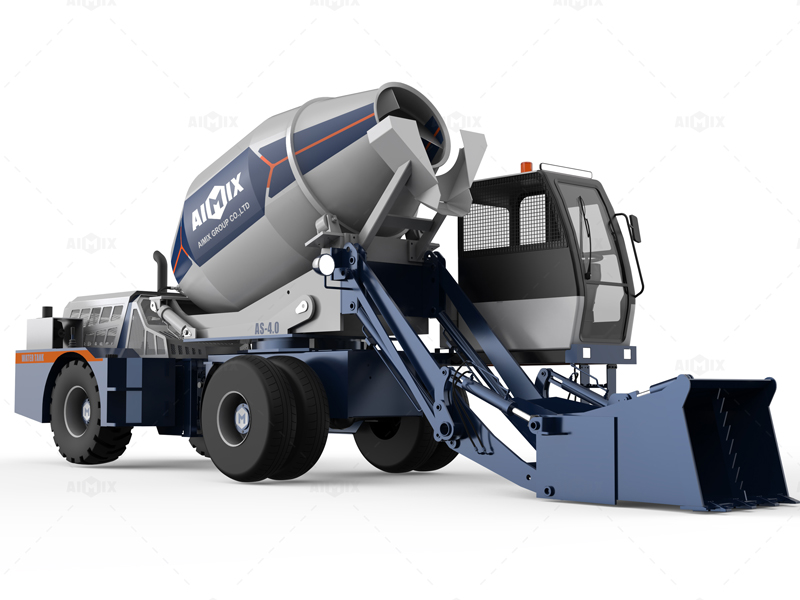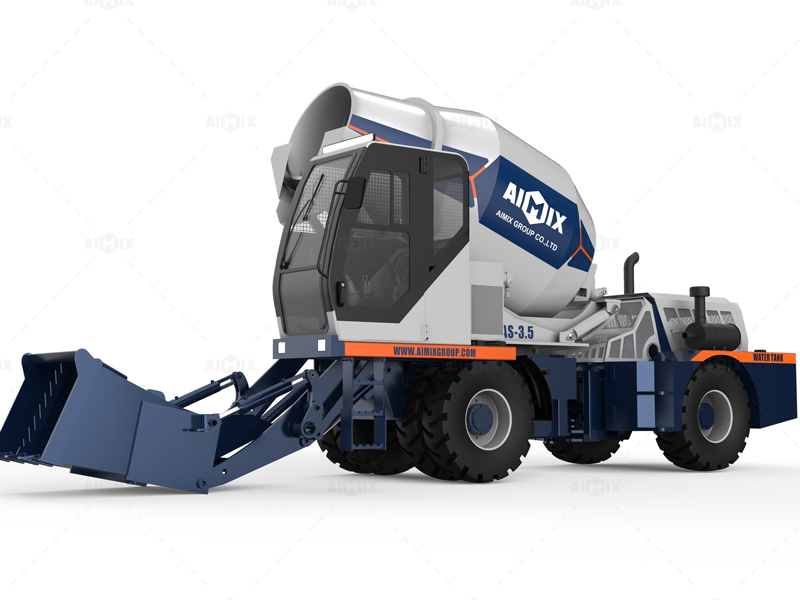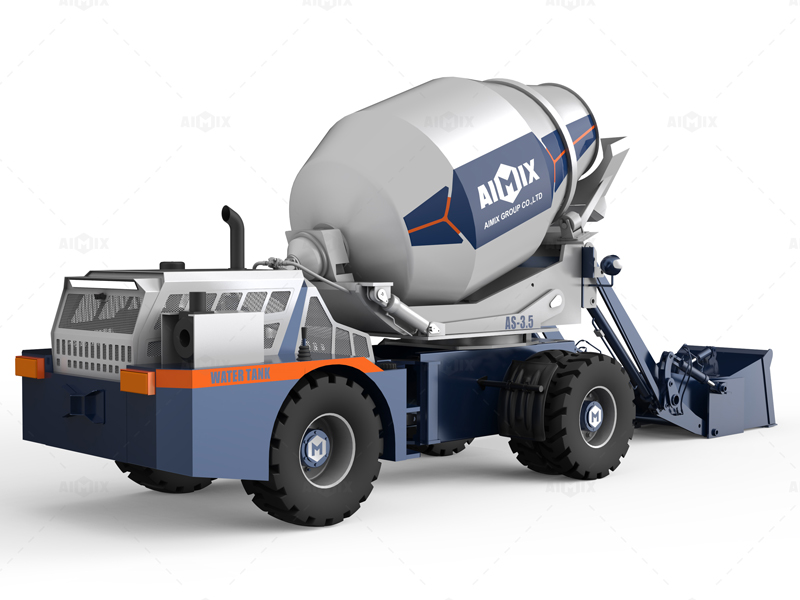Investing in a self-loading concrete mixer is a significant decision for any construction project. With a wide range of options available on the market, it’s essential to choose the right one that meets your specific needs and requirements. This comprehensive buyer’s guide will walk you through the essential factors to consider when selecting a self-loading mixer.

1. Capacity and Output
One of the first considerations when choosing a self loading mixer is its capacity and output. Determine the volume of concrete you need to produce per batch and per day to ensure the mixer can meet your project requirements.
2. Maneuverability and Terrain
Consider the terrain and operating conditions of your construction site. Choose a self-loading mixer with excellent maneuverability, especially if you work in tight spaces or rough terrain. Features like articulated steering and four-wheel drive enhance mobility on various surfaces.
3. Mixing Technology
Explore the mixing technology offered by different self-loading mixers. Look for features like double helix mixing blades and reversible drum rotation, which ensure thorough and consistent mixing of concrete for high-quality results.
4. Loading and Discharging
Evaluate the loading and discharging mechanisms of the self loading concrete mixer machine. Features like hydraulic loading arms and tilting drum systems streamline the loading and discharging process, saving time and labor on-site.
5. Control System
Consider the control system of the self-loading mixer. Opt for models with user-friendly control panels and advanced technology for precise operation. Features like automatic batching and digital displays enhance efficiency and accuracy.
6. Fuel Efficiency
Assess the fuel efficiency of the self-loading mixer. Choose models with energy-efficient engines and advanced fuel management systems to minimize fuel consumption and reduce operating costs over time.
7. Maintenance and Support
Consider the maintenance requirements and support services offered by the manufacturer. Choose a self loading cement mixer with accessible maintenance points and reliable customer support to ensure smooth operation and timely assistance when needed.
8. Safety Features
Ensure the self-loading mixer is equipped with essential safety features to protect operators and workers on-site. Look for features like emergency stop buttons, safety rails, and backup alarms to minimize the risk of accidents and injuries.

9. Budget and Value
Finally, consider your budget and the overall value offered by the self-loading mixer. Balance the initial investment with long-term benefits like efficiency, productivity, and durability to make a wise and cost-effective decision.
Conclusion
Choosing the right self-loading mixer is crucial for the success of your construction projects. By considering factors like capacity, maneuverability, mixing technology, control system, fuel efficiency, maintenance, safety features, and budget, you can make an informed decision that meets your specific needs and maximizes the value of your investment.
Investing in the right self-loading mixer ensures efficient and reliable concrete production, ultimately contributing to the success and profitability of your construction ventures.
